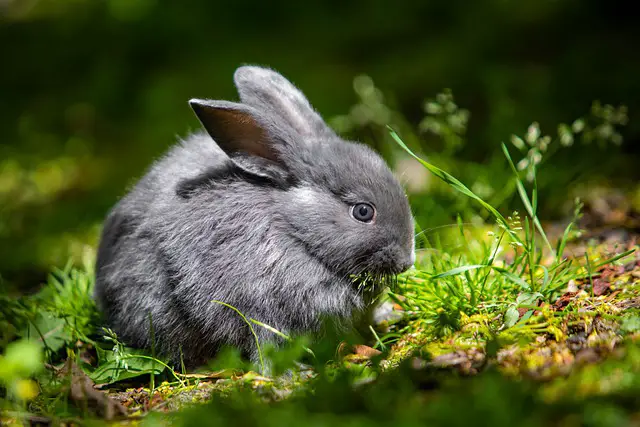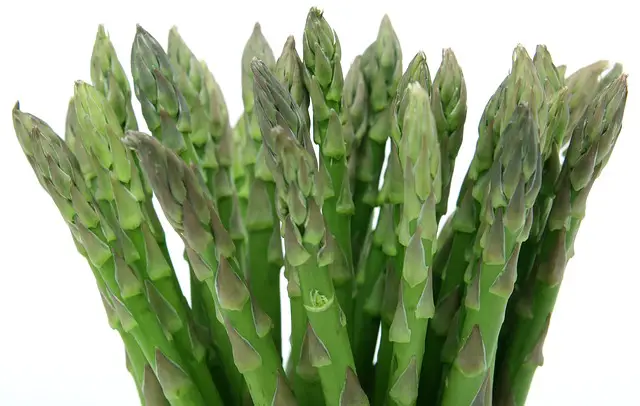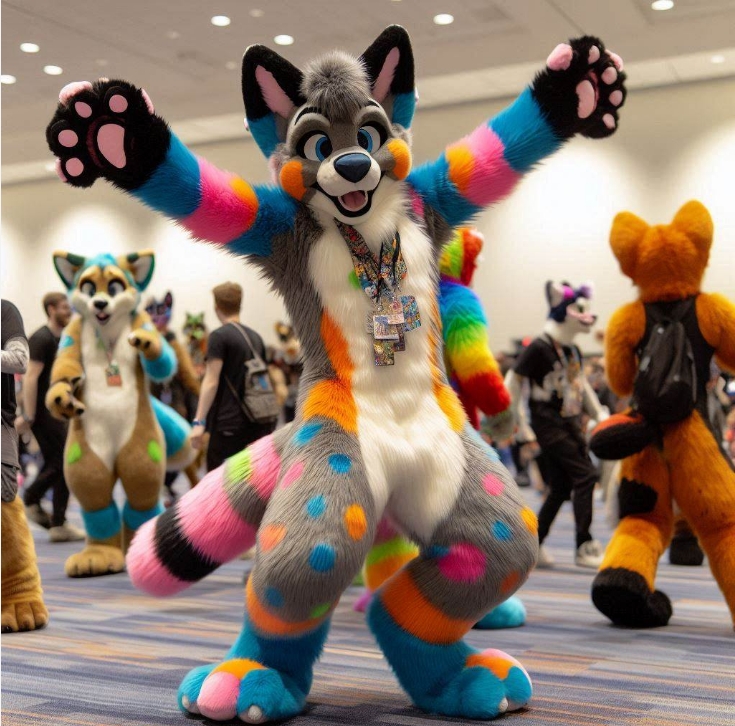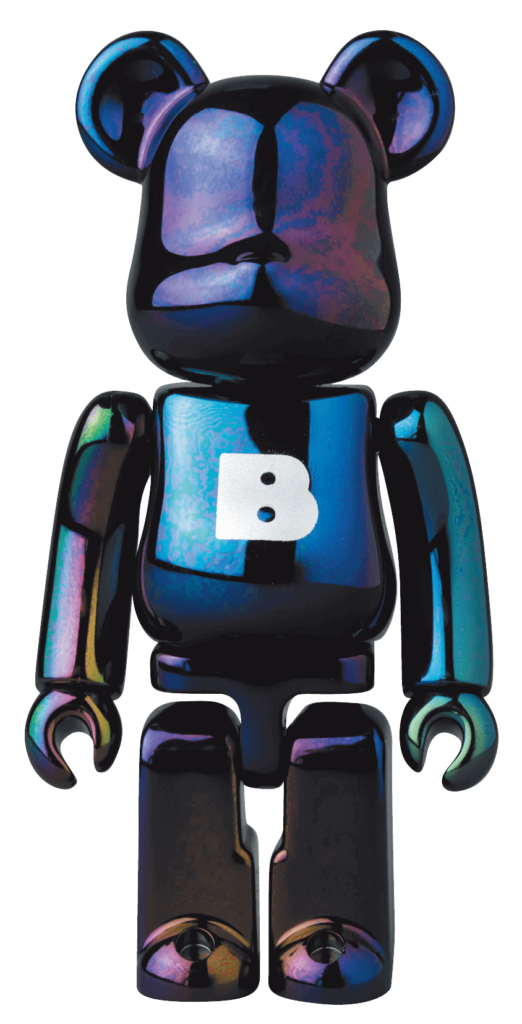Why Are Chinchillas So Expensive? Everybody knows that Chinchillas are unusually expensive pets. They’re typically sold in pet stores for four figures at least, not including the price of their enclosure or any other accessories.
It’s hard to say what precisely is driving up the price of these little fur bundles, but we’ve got a few ideas. Here are ten reasons why you should expect to pay more than $1,000 for a chinchilla – whether you want one or not.
10. Ears
Chinchillas are famous for their soft, delicate ears. Strictly speaking, they don’t have ears at all; they have tufts of fur at the ends of their tails, which hang down over the back. They’re so soft that you can even squeeze them like an earring.
9. Sizes
Although Chinchillas come in a variety of colors, sizes are not particularly diverse. Chins typically weigh between two and four pounds, and their bodies range from about eight to eleven inches long. Larger Chinchillas are rare. (And expensive.)
8. Breeding
Chinchillas aren’t just any old animals – they’re exotic pets that are difficult to reproduce in captivity. They’re quite shy, which makes breeding difficult.
7. Socialization
Chins are nocturnal, which means they’re often out of their enclosures at night. And they get rather cranky if you keep them locked up inside all day. So, pets stores usually recommend that new owners spend time with their new Chinchilla every day and encourage interaction from the very beginning.
6. Personality
Chinchillas are also notorious for being moody. They’re very sensitive and can be a pain to handle. They may bite or scratch, and they rarely come when called. If you want your pet to sit on your lap, you’d better hire a competent chinchilla trainer first.
5. Chewing
Chinchillas are also known for their incessant chewing habits – especially on plastic. They gnaw on anything they can, from furniture (including the sofa) to wires. They love plastic and therefore some owners find it excruciatingly difficult to keep their homes free of stray plastic bits.
4. Nails
Chins have very long, thick nails that need regular filing and trimming. It’s part of their grooming routine. Chinchilla owners need to trim their pets’ nails every week or so for their safety and their owners’ comfort.
3. Diets
Chinchillas are very picky eaters, and this may be the biggest problem with owning them as pets. They have very particular dietary needs, which are different for each chinchilla. They hardly ever eat meat and a large variety of nuts and fruits are completely banned from their diet.
2. Grooming
Chins love to groom themselves, which includes being semi-naked in your lap or on the sofa because they believe it to be fun. Their tails take over their entire world and they often sleep while they groom themselves. The owners of chins have to be prepared for a lot of fur and dust – both inside the house and all over the pet.
1. Tails
Chinchillas have large, bushy tails, which means that they’re bigger than the entire body of your average cat or dog pet. This is probably why they cost more to buy and maintain because their care is not as simple as that of a hamster or a gerbil.
So there you have it, the top 10 reasons why chinchillas are so expensive. If you found this article helpful, please share it with whoever might find it interesting as well. I hope this was able to answer your question about why the chinchillas are so expensive. Thanks for reading!
Frequently Asked Questions:
How long do chinchillas live?
Most chinchillas live for about 10 to 16 years and some have been reported to have lived up to 20 years.u003cbru003eu003cbru003eThe average life span of a chinchilla ranges between 10 and 16 years depending on the species and whether they are kept as pets or raised for their fur. The lifespan of a wild chinchilla is much shorter – usually only 2-3 years.
Are chinchillas good pets?
Chinchillas are adorable, exotic pets. They’re a lot of trouble, though. Maintaining their high-piled fur is very challenging because it’s prone to matting and tangling. And they require special diets that feed mostly from fresh hay and produce such as apples, oranges, and carrots. Plus, their short lifespans – males have an average lifespan of just 4 years and females go for 2 years – make it easy to overspend!u003cbru003eu003cbru003eChinchillas are wild animals, and unless their owner has experience owning one, they can become too accustomed to being kept indoors. They need their natural environment to thrive – which means a good-sized cage with enough room for several chinchilla dens, plenty of toys and perches, and outdoor access. And owners need to be on hand at all times to monitor the situation and provide enrichment.u003cbru003eu003cbru003eA chinchilla needs about 1-3 hours of daily time spent time for play. They enjoy having itchy things, such as wool and fabric balls, shredded newspaper, and dried leaves to chew. They also love protein-rich treats like nuts, seeds, and birdseed. If you cannot provide this inadequate quantity it will make your chinchilla more likely to become bored into shredding her materials on her cage floor or barfing up a hairball due to an upset stomach (chins don’t usually get enough of their natural diet).u003cbru003eu003cbru003eChinchillas are rascals and will try to get out of their cages. They can be readily trained to use a litter box (or pee pad if you choose not to provide one in the cage). Their long bodies allow them to get through a tiny opening, such as those at the bottom of the cage door. If your chinchilla gets loose frequently, you must keep a close eye on her – she can go missing for days or weeks at a time.
How many are chinchillas?
When you buy a chinchilla, you should expect to spend about 65 to 100 dollars for the animal and its cage. This is because chinchillas are an exotic pet that requires a lot of space and care. If you plan on purchasing them as a gift or for yourself, be sure to start looking around at pet stores near your home or online. You don’t want to purchase an animal that is too expensive or one that cannot survive in the owner’s current living space.u003cbru003eu003cbru003eChinchillas live in groups of 6 to 8 individuals, and they enjoy climbing and jumping, making them a good fit for the home. They have soft fur, which is typically brown, ranging from a light brown to a dark brown. u003cbru003eu003cbru003eThey have pointed chins with hair growing out of their chin area. Their coloring does not fade as it does for other animals with furs, such as cats and dogs. Chinchillas like being clean, and they will groom themselves regularly. Their skin has a thin layer of fat on it, which keeps it moist and prevents chinchillas from freezing in the winter.u003cbru003eu003cbru003eChinchillas are live-bearers, which means they will typically only have one litter per year. They produce 6 to 10 kits that can weigh between 1 and 3 ounces each. Most chinchillas have a single litter every year, and they can have 3 to 7 kits. Their gestation period is 45 days on average, but they can be anywhere from 37 to 52 days. When a chinchilla is born, it is blind and has no fur. Once the kits are born, the mother will usually carry them on her chest for 9 to 12 weeks. During this time, the mother will nurse her babies until they are 6 weeks old. She will protect them from predators, too. After the babies are 6 weeks old, the mother will let them run free. She will begin weaning her babies at around 8 weeks.u003cbru003eu003cbru003eChinchillas are intelligent animals. They can learn tricks and make you laugh with their antics. They love to play and enjoy chewing on different things including paper products and other inanimate objects. Chinchillas also like to play with toys such as ropes and balls (which should be made out of cloth). They have a very strong sense of balance, and they can be trained to do tricks. Keep in mind that chinchillas are not good pets for young children because of their high risk for injury. Instead, consider getting a young child a rabbit. u003cbru003eu003cbru003eSensitive chinchillas may bite out of fear or stress when they are not handled correctly or when they’re left alone without human interaction.u003cbru003eu003cbru003eChinchillas have long fingernails and toenails, which they keep sharp by chewing on them. When they are first born, they have little hair, and their eyes are closed. They will nurse their mother until they are around 6 weeks old. After that, she will wean them off of her milk by giving them a substance to make them stop producing so much milk. Once they are 8 weeks old, they will start going out to explore and play with their siblings. They like eating vegetables such as carrots and lettuce occasionally. Chinchillas can eat hay or dried fruits and vegetables for treats.u003cbru003eu003cbru003eChinchillas are very creative and intelligent animals that can be trained. They are great pets for a child who loves to interact with animals.u003cbru003eu003cbru003eFrom an adult viewpoint, however, chinchillas may not be the best pet choice. You will have to dedicate a lot of time to your pet as it is basically u0022one and doneu0022 as far as multi-pet homes go. Chinchillas are often expensive (some costing as much as $5000) and require a lot of attention, grooming, space, and upkeep. u003cbru003eu003cbru003eChinchillas may bite if they are left alone in a cage for more than a few hours each day or are handled incorrectly as they do not like being held unless they are used to it. They must be kept in a cage made specifically for them that includes lots of nooks and crannies for them to climb on and keep their fat warm.u003cbru003eu003cbru003eChinchillas are very playful, and they should be given toys to play with for entertainment. The amount of time required for the owner to properly care for a chinchilla depends on how much the chinchilla is allowed out of its cage. A chinchilla’s life span is 8 to 10 years on average. Chinchillas are very active in their cages, and it helps the owner to interact with them daily (at least) by offering treats or playing with them in a small, safe area outside of their cages.u003cbru003eu003cbru003eChinchillas have been domesticated for a long time. They can be found in the wild and are native to the Andes Mountains in South America. The price of a chinchilla can range from expensive to very expensive, which means you should do your research before buying one.
How to take care of a chinchilla?
Chinchillas have these wonderfully unique features that make them one of the most adorable animals you could ever come across. They’re small, sleek, and look as if they were made from a little ball of fur. With their long, thick hair and thick tail-like structure for balance, it doesn’t take a whole lot to get a quality chinchilla pet.u003cbru003eu003cbru003eThe key to keeping a healthy chinchilla is providing them with the correct amount of diet and enrichment each day. Chinchillas are small creatures and are, therefore, more sensitive to changes in the environment. These creatures can go from being in the highest of spirits to being lethargic in a matter of days, so creating a rich and stimulating environment is necessary for their well-being.u003cbru003eu003cbru003eThese animals need daily exercise because they’re naturally playful creatures and want to run about and explore new things. The best way to provide them with daily exercise is by giving them a playpen or large cage in which they can run around.u003cbru003eu003cbru003eThey’re also very sociable, and you should strive to create a social atmosphere for your chinchillas. You may want to create a separate room or area for them where they can be the center of attention and hang out with other animals. Just make sure that you allow your pet plenty of space to explore their new digs and do as much running around as possible.u003cbru003eu003cbru003eChinchillas need to be taken for a walk each day as well. They’re small enough that they can handle being picked up, but larger animals could accidentally harm your chinchilla if you try to pick them up. Make sure to take them outside and let them play around with their new digs for at least a few minutes each day.u003cbru003eu003cbru003eIf you’re unable to provide daily exercise, it would be best to bring your chinchilla in for exercise when you can. A great way to provide daily exercise and interactivity with your pet is by bringing an enrichment device into the cage. These devices, which are blocks of wood that have different levels of difficulty, can help your chinchilla develop their mind and body as they try to explore the puzzle.u003cbru003eu003cbru003eOn top of exercise, these little creatures need a healthy diet that will allow them to grow at a steady rate. They’re naturally active creatures, so it’s very important to provide them with a diet that keeps their metabolism running well.u003cbru003eu003cbru003eWhen choosing a diet for your chinchilla, it would be best to choose one that includes plenty of fresh fruit and vegetables throughout the day. If you are unable to provide this variety daily, you may want to include food supplements to help your pet get enough nutrients.u003cbru003eu003cbru003eIf you’re looking for a new chinchilla as a pet, be sure to consider their size and make sure that they will fit comfortably in the cage. You may also want to look at their personalities and choose one with a calm personality rather than one that is mischievous or aggressive. Your little pet will thrive in the right environment, so it’s best to allow them to grow at their own pace.








